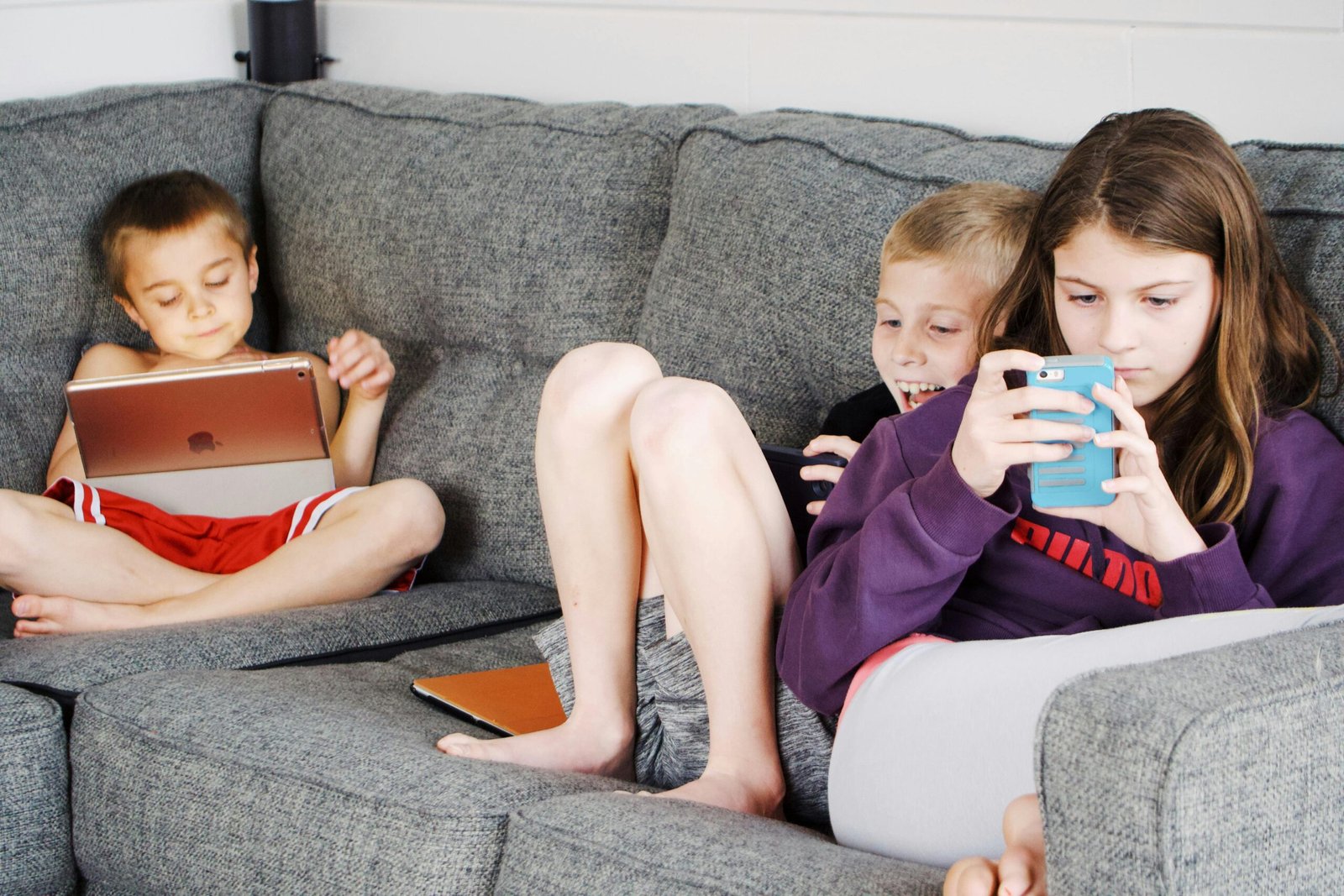As a pediatrician, I often receive questions from parents about the impact of blue light exposure on children, particularly those with ADHD (Attention Deficit Hyperactivity Disorder). Understanding the relationship between blue light, ADHD, and how to manage its effects is essential for promoting healthy development and well-being in children. This article aims to educate Indian parents on Blue Light Syndrome and ADHD, including symptoms, diagnosis, treatment, and preventive measures.
What is Blue Light Syndrome?
Blue Light Syndrome refers to the negative impact of excessive exposure to blue light from screens and digital devices on sleep patterns and overall health. Blue light is a high-energy visible (HEV) light emitted by smartphones, tablets, computers, and LED lighting. While some blue light exposure is natural (from the sun), excessive exposure, especially in the evening, can interfere with sleep and exacerbate symptoms of ADHD.
Who Gets It More?
Children, especially those with ADHD, are more susceptible to the effects of blue light. Factors that contribute to increased blue light exposure include:
- Screen Time: Children who spend significant time on digital devices for entertainment, education, or social interaction.
- Evening Use: Using screens close to bedtime, can disrupt the natural sleep-wake cycle.
- Lack of Outdoor Activity: Limited exposure to natural sunlight and outdoor activities.
Symptoms of Blue Light Syndrome and ADHD
Blue Light Syndrome Symptoms:
- Difficulty falling asleep or staying asleep.
- Poor sleep quality and daytime sleepiness.
- Eye strain, headaches, and visual discomfort.
- Increased irritability and difficulty concentrating.
ADHD Symptoms:
- Inattention: Difficulty sustaining attention, easily distracted.
- Hyperactivity: Excessive fidgeting, running, or climbing in inappropriate situations.
- Impulsivity: Interrupting others, blurting out answers, difficulty waiting for their turn.
- Sleep Disturbances: Trouble falling asleep, restless sleep, frequent awakenings.
Is Blue Light Syndrome Contagious?
Blue Light Syndrome is not contagious. It is not transmitted from person to person but is related to individual behaviors and environmental factors, such as screen time habits and exposure to digital devices.
Diagnosis and Treatment
Diagnosis:
Diagnosing Blue Light Syndrome and its impact on ADHD involves a comprehensive evaluation by a healthcare professional, which may include:
- Medical History and Physical Examination: Detailed assessment of the child’s behavior, sleep patterns, and screen time habits.
- Behavioral Assessments: Gathering information about the child’s behavior from parents, teachers, and caregivers.
- Sleep Studies: Monitoring sleep patterns and quality to identify sleep disturbances.
Treatment:
Treatment for Blue Light Syndrome and managing its impact on ADHD include:
- Limiting Screen Time:
- Set Screen Time Limits: Establish clear rules for screen use, especially during evenings and before bedtime.
- Screen-Free Zones: Create areas in the home where screens are not allowed, such as bedrooms and dining areas.
- Promoting Good Sleep Hygiene:
- Consistent Sleep Schedule: Maintain regular sleep and wake times, even on weekends.
- Relaxing Bedtime Routine: Encourage activities that promote relaxation, such as reading a book or taking a warm bath before bed.
- Using Technology Wisely:
- Blue Light Filters: Use screen protectors or software that reduce blue light emissions from digital devices.
- Night Mode Settings: Enable night mode settings on devices to minimize blue light exposure in the evening.
- Encouraging Outdoor Activities:
- Natural Light Exposure: Ensure your child spends time outdoors during daylight hours to regulate their natural sleep-wake cycle.
- Physical Activity: Encourage regular physical activity, which can help improve sleep quality and reduce ADHD symptoms.
What Parents Can Do to Mitigate Impact
Create a Structured Environment:
- Establish consistent routines for daily activities such as meals, homework, play, and bedtime.
- Use visual schedules and clear, concise instructions to help your child understand expectations.
Positive Reinforcement:
- Praise and reward positive behavior to encourage desired actions.
- Set achievable goals and celebrate your child’s progress.
Limit Distractions:
- Create a quiet and organized space for your child to focus on tasks.
- Minimize screen time and provide opportunities for physical activity to channel their energy positively.
Healthy Lifestyle:
- Ensure your child gets regular exercise, adequate sleep, and a balanced diet rich in nutrients that support brain health.
- Address nasal congestion and allergies with appropriate treatments to improve airflow.
Seek Professional Support:
- Collaborate with teachers, counselors, and healthcare providers to create a comprehensive support system for your child.
- Attend parent training programs to learn effective strategies for managing ADHD and associated sleep issues.
- Utilize resources for smoking cessation to eliminate exposure to tobacco smoke.
By understanding the correlation between smoking, ADHD, and snoring, parents can take proactive steps to support their child’s health and well-being. Early intervention and appropriate management can significantly improve outcomes for children with these conditions.
For personalized advice and treatment options, please consult Dr. Kritika Agarwal, Pediatrician and Adolescent Specialist, at Pinnacle Health Multispeciality Clinic, Hosa Road, Bangalore.








